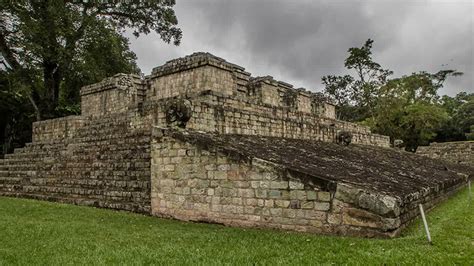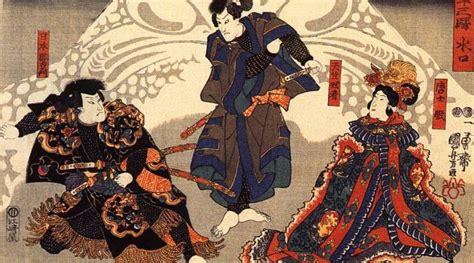Explore the early civilization, Indian empire influence, arrival of Buddhism, colonial era, and modern Burma in this comprehensive blog post on the history of Burma.
Early Civilization of Burma
Contents
The early civilization of Burma dates back to the 2nd century BCE, with the establishment of the Pyu city-states along the Irrawaddy River. These city-states were known for their advanced urban planning, brick architecture, and extensive trade networks with India and China.
The Pyu civilization reached its peak between the 5th and 9th centuries, with the city of Sri Ksetra becoming a major center of trade, religion, and culture. The Pyu people were heavily influenced by Indian civilization, particularly in terms of language, religion, and art.
Archaeological evidence suggests that the Pyu city-states were highly organized, with a well-developed social structure, sophisticated irrigation systems, and a thriving economy based on agriculture, trade, and craftsmanship. The Pyu also had extensive contact with neighboring regions, such as the Mon people in southern Burma and the Dvaravati civilization in present-day Thailand.
Throughout the Pyu period, Burma experienced significant cultural and technological advancements, laying the foundation for the future development of Burmese civilization. The Pyu city-states were a testament to the early ingenuity and creativity of the Burmese people, and their legacy continues to influence the country’s culture and heritage to this day.
Influence of Indian Empires on Burma
The influence of Indian empires on Burma is a topic of great interest to historians and scholars alike. The Indian empires, particularly the Mauryan and Gupta empires, played a significant role in shaping the cultural, religious, and political landscape of Burma.
The Mauryan Empire, under the rule of Emperor Ashoka, spread Buddhism to Burma through extensive missionary efforts. This led to the infusion of Buddhist principles and teachings into Burmese society, laying the foundation for the country’s future as a predominantly Buddhist nation.
Furthermore, the Gupta Empire’s influence in Burma brought about advancements in architecture, art, and literature. The spread of Indian culture and ideas led to the development of a vibrant intellectual and artistic community in Burma, creating a rich tapestry of cultural exchange between the two regions.
Indian influence also extended to the political sphere, with Burmese rulers adopting administrative practices and governance models inspired by Indian empires. The concept of a centralized state and the use of Sanskrit as a language of administration were direct results of Indian influence on Burma’s political development.
In conclusion, the influence of Indian empires on Burma was profound and far-reaching, leaving an indelible mark on the country’s history and shaping its identity in profound ways.
Arrival of Buddhism in Burma
When the Buddhism first arrived in Burma, it brought about a significant transformation in the religious and cultural landscape of the region. The teachings of the Buddha quickly gained popularity among the people, leading to the establishment of numerous monasteries and stupas across the country.
The Theravada tradition of Buddhism, which emphasizes the original teachings of the Buddha, became the dominant form of the religion in Burma, shaping the beliefs and practices of the Burmese people for centuries to come.
As Buddhism took root in Burma, it also became closely intertwined with the political and social structures of the kingdom. Kings and rulers patronized the construction of grand temples and religious monuments, solidifying the influence of Buddhism in the governance and administration of the state.
Under the patronage of King Anawrahta in the 11th century, Theravada Buddhism was officially declared as the state religion, further institutionalizing its role in Burmese society. The arrival of Buddhism in Burma not only had a profound impact on the spiritual and cultural life of the people, but it also played a pivotal role in shaping the political and historical trajectory of the region.
Colonial Era in Burma
The colonial era in Burma refers to the period of time when British colonial rule greatly impacted the country’s social, economic, and political landscape. The British first came into contact with Burma in the late 18th century, but it wasn’t until the First Anglo-Burmese War in 1824 that they were able to exert control over the region. This marked the beginning of over a century of colonial rule in Burma.
During this time, the British implemented various policies and reforms that shaped the country’s development. They established a centralized administration system, introduced modern infrastructure such as railways and telecommunication networks, and implemented new economic policies that greatly benefitted the British Empire. However, these changes also came at a great cost to the local Burmese population, as they faced discrimination, exploitation, and loss of cultural autonomy under colonial rule.
The colonial era also saw significant changes in the social and cultural fabric of Burma. The influx of British administrators, settlers, and workers led to the establishment of new urban centers and a new social hierarchy that favored the British ruling class. Additionally, the spread of Christianity and the decline of traditional Burmese religions and customs further contributed to the erosion of Burmese cultural identity during this period.
As the colonial era progressed, resistance movements and nationalist sentiments began to emerge among the Burmese population. The struggle for independence gained momentum, leading to the formation of the Thakin movement and the rise of influential figures such as Aung San. The colonial era in Burma ultimately set the stage for the country’s eventual independence and the modern era that followed.
Independence and Modern Burma
After years of British colonial rule, Burma finally gained independence on January 4, 1948. The independence movement, led by Aung San and the Anti-Fascist People’s Freedom League, marked a significant turning point in the history of Burma. The country was now free from foreign rule and ready to embark on a new journey as a sovereign nation.
Following independence, Burma underwent a period of political instability and ethnic conflicts. The ruling government faced challenges in establishing a unified and inclusive state. Despite the challenges, the Burmese people remained resilient and continued to strive for a better future.
One of the key events in modern Burma’s history is the rise of Aung San Suu Kyi as a prominent political figure. Daughter of Aung San, she became a symbol of hope and resistance against the authoritarian regime. Her leadership and advocacy for democracy brought international attention to the plight of the Burmese people.
Modern Burma continues to grapple with internal conflicts, economic challenges, and political reforms. The country has made strides towards democratization, but there are still ongoing issues that need to be addressed. As Burma navigates through the complexities of modernization, it remains a nation with a rich cultural heritage and a promising future.














